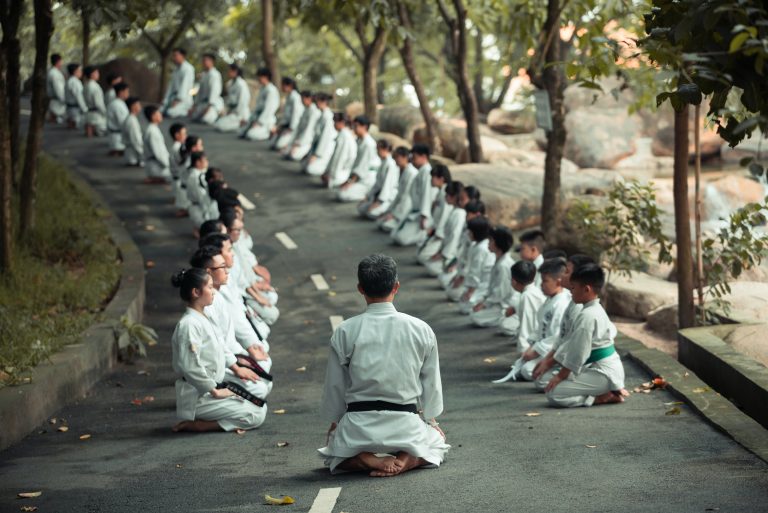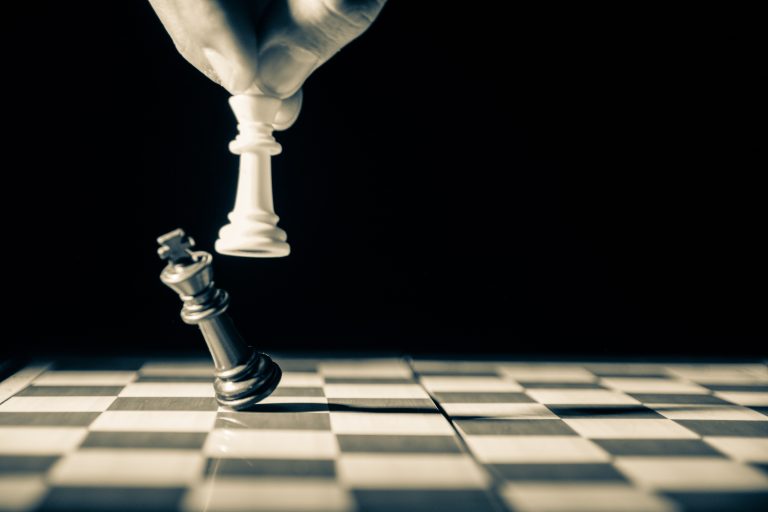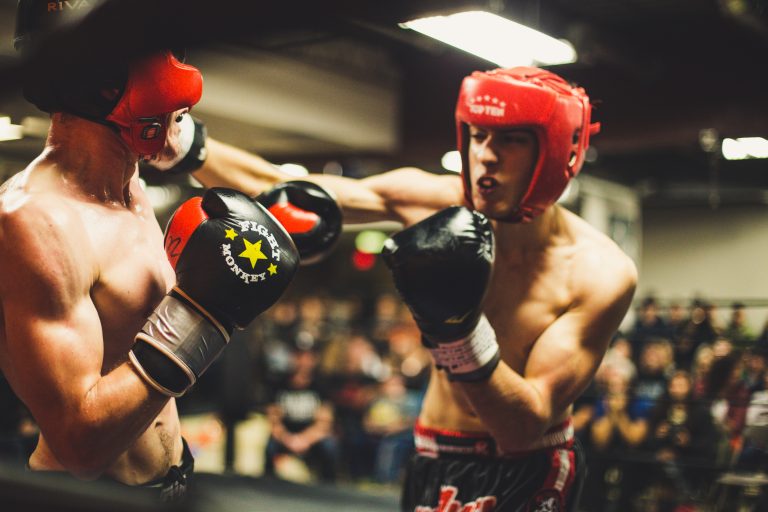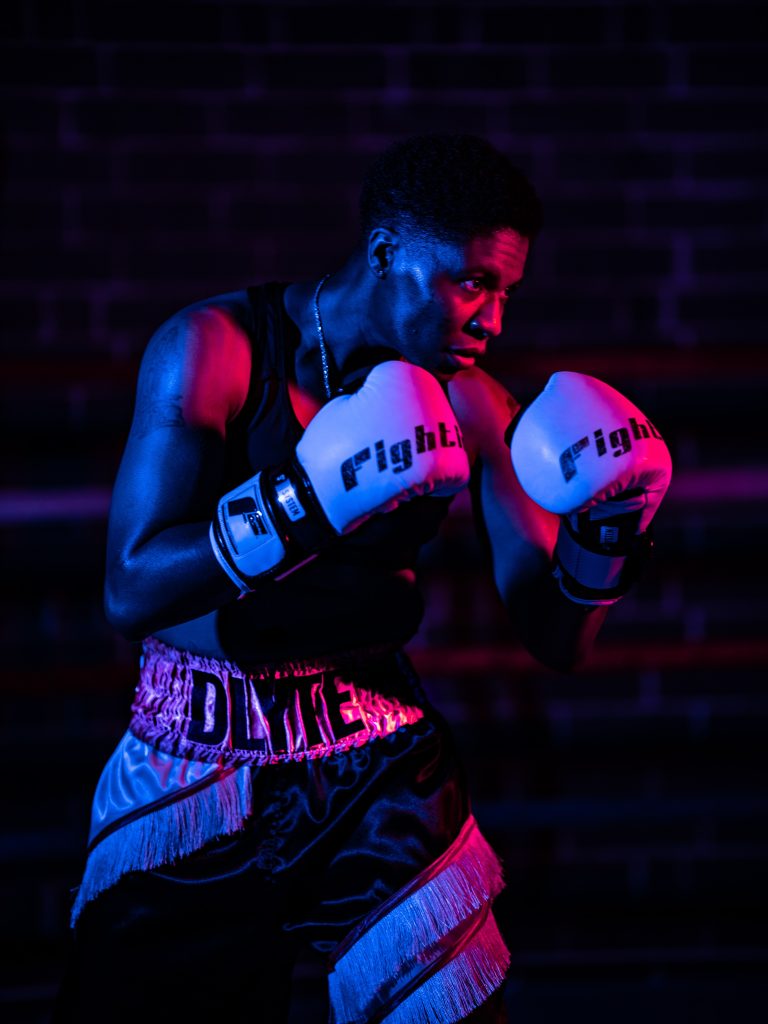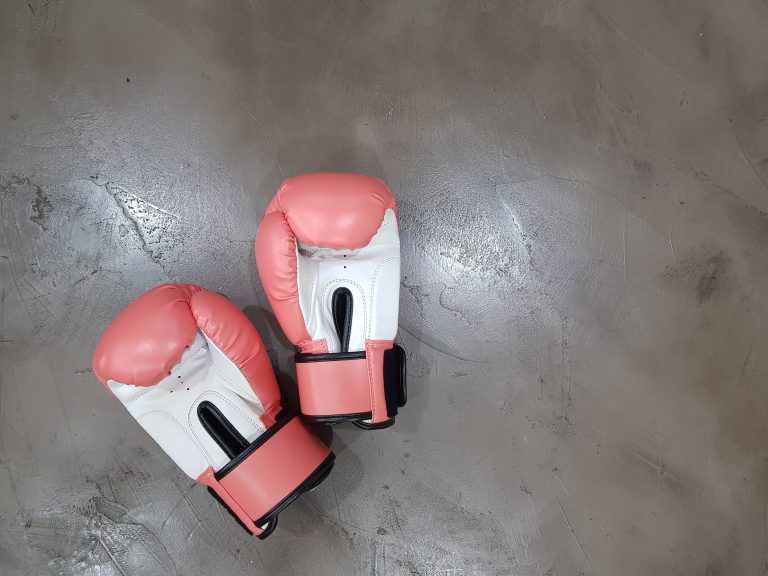What Does It Take to Master Karate?
Karate is a martial art that has been practiced for hundreds of years and has now gained international recognition as a competitive sport. From its beginnings as an Okinawan self-defense system to its worldwide popularity, karate continues to evolve and attract many devoted students. But what does it take to become truly proficient in karate?
Many people are drawn to karate due to its dynamic movements and power. But many do not realize that to become an advanced practitioner of this martial art, one must practice with dedication, consistency, and proper technique. To become a master of karate, it is important to understand the principles and the history of the art form. It also takes an advanced level of self-control and discipline in order to progress on the karate journey.
In this blog post, we will explore what it takes to master karate and what skill sets are necessary in order to cultivate a high level of proficiency in the art of self-defense. We will look at the various physical, mental, and emotional demands of karate training and explore various methods for reaching mastery. By the end of this article, readers will have a better understanding of the dedication required by a karateka in order to become an advanced karate practitioner.
A Brief History of Karate
Karate is a Japanese martial art that originated in Okinawa Prefecture in the Ryukyu Kingdom. According to one account, karate was first developed by Okinawan pechin Sakugawa (1733-1815) who trained in martial arts under Tode Sakugawa, believed to be a Chinese expatriate. Throughout the 19th and 20th centuries karate continued to evolve in Okinawa and Japan and eventually reached global recognition as a competitive sport.
Karate is currently practiced in many countries all around the world and is even taught in many schools and universities. However, the initial purpose behind the development of karate remains widely debated, with some believing it was created for self-defense purposes and others claiming it is about developing physical and mental strength. Regardless of its purpose and origin, modern day karate is based on five main principles and involves a combination of strikes, blocks, thrusts, kicks and grapples.
The 5 Principles of Karate
Karate is based on five core principles:
- Ki: Ki is the force that drives all movements within karate and is derived from the mental state of focus. Mental focus is essential for karate practitioners to be able to strike or block with precision and efficiency.
- Kime: Kime refers to the concentration and focus needed to accurately perform a technique or create force within karate movements.
- Zanshin: Zanshin is the unyielding state of alertness that allows practitioners to be fully aware of their technique and their opponent’s movements.
- Makoto: Makoto is the principle of sincerity and correct attitude within karate training. Practitioners must be sincere when executing techniques and have good intentions to better themselves.
- Eiko: Eiko is the demand for harmony between body and mind and between mind and techniques. It also involves being mindful of one’s thoughts and movements.
Belt System and Training Levels
There are several traditional belt systems associated with karate, but they all generally contain seven levels: white belt (sho dan), yellow belt (nikyu), orange belt (sankyu), green belt (yonkyu), blue belt (gokyu), brown belt (rokkyu) and black belt (shodan). Each belt has its own level of proficiency associated with it, so practitioners are able to track their progress through the belts.
Each belt also requires practitioners to understand different techniques and approaches to self-defense. White belts are typically beginners who learn basic stances, moves, blocks, punches and some basic forms. Yellow belts focus on adding more complex combinations to their repertoire, while orange belts focus on basics such as focus training drills. Green belts learn more advanced forms which incorporate combinations from beginner forms. Blue belts are usually intermediate martial artists who continue refining their basics while also introducing more difficult forms. Brown belts mostly focus on refining their fighting techniques while black belt holders begin learning more advanced concepts such as fighting strategy. All belts strive for accuracy and mastery of technique in order to progress with their training.
Core Aspects of Karate Mastery
Mastery in karate requires physical, mental, spiritual and emotional dedication in order to become proficient in all aspects of the art form. Below are some key elements needed for karate mastery:
Physical Aspect
Physical fitness is essential for karate practice as it aids practitioners in generating greater force during techniques while also providing the necessary stamina required during competitions or sparring. Practitioners should train vigorously in order to develop a strong core foundation as well as condition muscles for basic defensive maneuvers such as punches, kicks and blocks. Stretching enables practitioners to increase flexibility which reduces potential injuries. Additionally, aerobic exercises such as running help promote endurance which is essential during long bouts of sparring or tournaments. By regularly incorporating physical exercise into their practice regimen, participants can build a solid foundation for their martial arts journey.
Meditation
Meditation is another important aspect of mastering karate. It helps practitioners clear their minds by entering a state of relaxation which increases focus and awareness during practice or competition. Additionally, regular meditation helps practitioners connect mentally with their bodies so that they can accurately execute techniques with power and precision. Furthermore, meditation can help manage stress levels which can help practitioners become aware of their emotional states during practice or tournaments. Meditation goes hand-in-hand with physical practice since it enables practitioners to become mindfully aware of their actions during every aspect of training or competition.
Technique Knowledge
To become an advanced practitioner of karate, it is essential for participants to not only retain knowledge but also understand how techniques work together. For example, performing techniques incorrectly may lead to injury or even unconsciousness during training sessions or tournaments if the technique has been mishandled or misinterpreted by the practitioner. Exercise caution when attempting moves that require advanced maneuvering, such as grappling or joint locks, since they can result in undesired injury if one lacks proper understanding or practice. By having a deep understanding of technique applications as well as how they operate together, advanced practitioners can work towards achieving mastery over their martial art.
Kata Practice
Kata is a core aspect in mastering karate since it involves performing solo motion drills based on predetermined sequences set forth by the teachings from Okinawa and Japan. Kata help center practitioners’ minds around additional technique sequences since body motion must be exact when executing forms correctly during practice or competition. Practicing kata regularly helps deepen understanding of various defensive strategies as each form involves precise execution for them to be correctly executed correctly. By mastering kata sequences, advanced practitioners can develop precise muscle memory which will enable them to execute techniques powerfully with accuracy when needed during competition or training sessions under duress.
Overview
Achieving mastery in karate requires dedication, consistency, and precise technique execution along with an understanding of its five principles: Ki, Kime, Zanshin, Makoto and Eiko. Those looking to progress in their martial arts journey should take full advantage of all aspects associated with this martial art by conditioning their body physically through exercise and stretching, clearing their minds through meditation, having a deep understanding of technique execution, as well as mastering various forms through regular kata practice. By melding these four elements together, participants can make great strides towards achieving mastery in their martial arts journey.
Inhaltsverzeichnis

